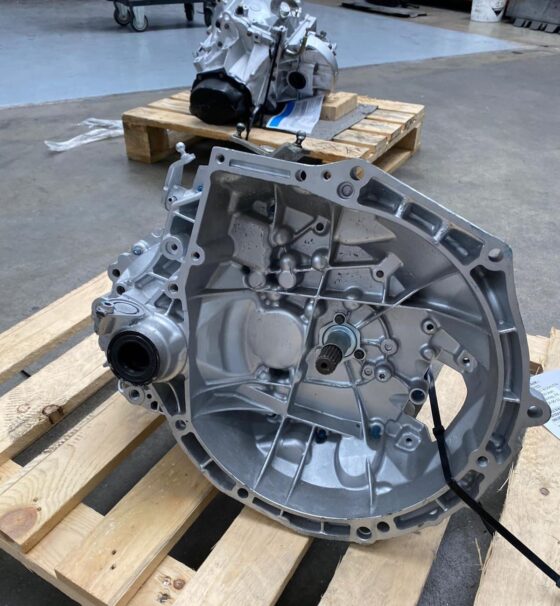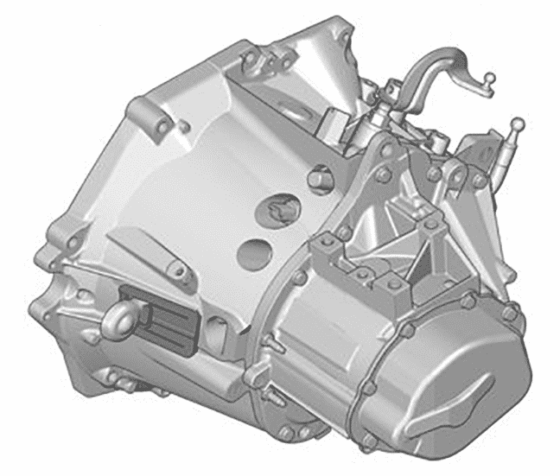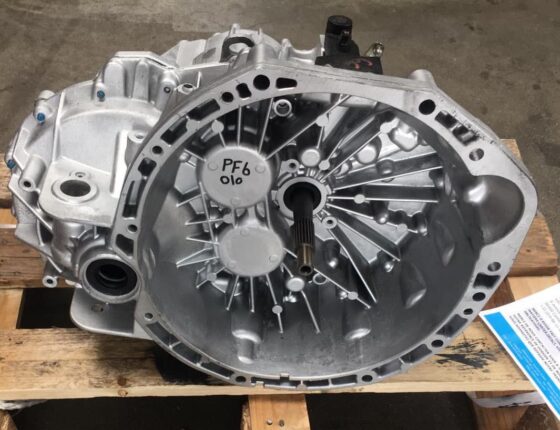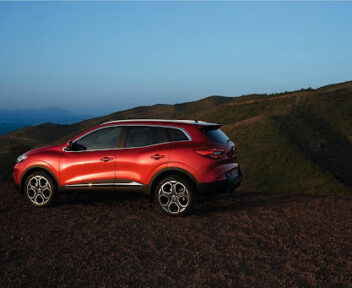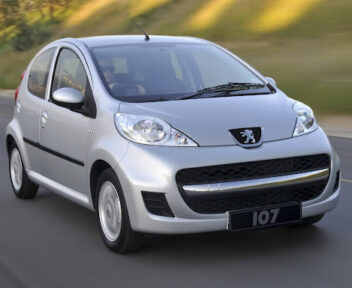Savoir embrayer correctement est une compétence essentielle pour tout conducteur de véhicule à boîte de vitesses manuelle. L’embrayage joue un rôle fondamental dans la transmission de la puissance du moteur aux roues, permettant des changements de vitesse fluides et un contrôle optimal du véhicule.
Un service irréprochable
Boite de vitesses cassée ? Nous vous aidons à identifier et commander votre modèle
Comment faire pour bien embrayer ?
Pour embrayer correctement, il est essentiel de maîtriser la coordination entre la pédale d’embrayage, l’accélérateur et le levier de vitesse :
- commencez par appuyer à fond sur la pédale d’embrayage avec le pied gauche ;
- passez la vitesse souhaitée avec le levier de vitesse ;
- relâchez progressivement la pédale d’embrayage tout en appuyant doucement sur l’accélérateur ;
- trouvez le point de patinage où l’embrayage commence à s’engager ;
- continuez de relâcher l’embrayage tout en accélérant légèrement.
La clé d’un bon embrayage réside dans la douceur et la progressivité des mouvements. Avec de la pratique, vous sentirez naturellement le point d’équilibre entre l’embrayage et l’accélérateur, vous permettant de maintenir une bonne position pour vos pieds. Cela rendra vos démarrages et changements de vitesse plus fluides.
Quelles sont les erreurs courantes à éviter lors de l’embrayage ?
Plusieurs erreurs fréquentes peuvent endommager votre embrayage et réduire sa durée de vie :
- garder le pied gauche sur la pédale d’embrayage : cette habitude provoque une usure prématurée de la butée d’embrayage ;
- laisser la main sur le levier de vitesse : cela exerce une pression constante sur le mécanisme de transmission, causant une usure à long terme ;
- relâcher la pédale trop brusquement : cela pourrait faire caler le moteur ou provoquer des à-coups ;
- embrayer sans avoir atteint le bon régime moteur : cela peut causer des secousses dans le véhicule et entraîner une usure prématurée de l’embrayage et de la boîte de vitesses ;
- ne pas passer au point mort à l’arrêt : débrayer longuement au feu rouge par exemple, sollicite inutilement l’embrayage.
En évitant ces erreurs courantes, vous préserverez votre embrayage et éviterez des réparations coûteuses. Un embrayage bien entretenu peut durer beaucoup plus longtemps et assurer une conduite plus fluide et économique.
Comment maîtriser le point de patinage pour ne pas caler ?
Apprentis conducteurs, jeunes conducteurs, ou même, conducteurs expérimentés en phase de familiarisation avec un nouveau véhicule, la crainte du fameux calage est souvent présente.
Pour surmonter cette appréhension, n’hésitez pas à vous exercer dans un endroit calme, loin de la circulation. Ces essais vous permettront d’affiner vos sensations et de localiser précisément le point de patinage de votre véhicule.
En règle générale, avec de la pratique, trouver le point de patinage devient évident, ce qui rendra vos démarrages et changements de vitesse plus fluides et réduira les risques de calage.
Pourquoi freiner avant d’embrayer ?
Lorsque vous souhaitez ralentir votre véhicule, freiner avant d’embrayer et passer la vitesse inférieure présente plusieurs avantages importants pour la mécanique de votre véhicule :
- utilisation du frein moteur : en freinant avant d’embrayer, vous profitez du frein moteur, ce qui aide à ralentir le véhicule plus efficacement ;
- meilleure stabilité : le maintien de la connexion entre le moteur et les roues permet de transmettre l’impulsion aux roues, assurant ainsi une meilleure stabilité du véhicule pendant le freinage ;
- économie de carburant : le frein moteur permet de réduire la consommation de carburant car le moteur n’injecte pas de carburant lorsqu’il est entraîné par les roues ;
- plus grande sécurité : les feux de stop s’allument dès que vous appuyez sur la pédale de frein, avertissant les conducteurs derrière vous du ralentissement de votre véhicule ;
- préservation de l’embrayage : cette technique réduit l’usure de l’embrayage en minimisant le temps où il est sollicité.
Il est important de noter que cette règle s’applique principalement aux vitesses supérieures à 20 km/h. À très basse vitesse, il peut parfois être plus fluide de débrayer légèrement avant de freiner, mais dans la plupart des situations, freiner avant d’embrayer reste la meilleure pratique.
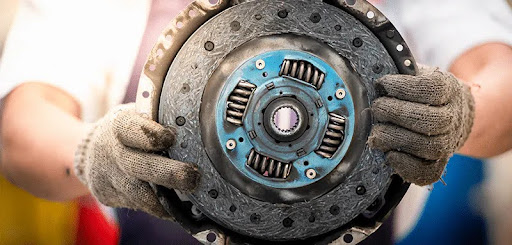
Quelles sont les techniques d’embrayage spécifiques pour les situations difficiles ?
Certaines situations de conduite nécessitent des techniques d’embrayage particulières. C’est notamment le cas pour le démarrage en côte, la conduite dans les embouteillages, le démarrage sur surface glissante, ou encore les manœuvres à très basse vitesse.
Si vous devez opérer un démarrage en côte :
- utilisez tout d’abord le frein à main pour immobiliser le véhicule ;
- trouvez le point de patinage en relâchant doucement l’embrayage ;
- accélérez légèrement durant la phase de patinage et relâchez le frein à main simultanément ;
- relâchez progressivement l’embrayage tout en accélérant.
Si vous devez gérer des situations de conduite en zone encombrée :
- gardez le pied sur l’embrayage ;
- avancez lentement en jouant avec le point de patinage ;
- évitez d’accélérer, afin de laisser le véhicule avancer au ralenti.
Si vous devez démarrer votre véhicule sur une surface glissante :
- démarrez en deuxième vitesse pour réduire le couple transmis aux roues ;
- relâchez l’embrayage très lentement pour éviter le patinage des roues ;
- accélérez doucement pour maintenir l’adhérence.
Enfin, dans l’hypothèse où vous devriez manœuvrer votre voiture à très basse vitesse :
- utilisez uniquement l’embrayage pour contrôler la vitesse ;
- maintenez le point de patinage sans accélérer ;
- ajustez la vitesse en modulant la pression sur la pédale d’embrayage.
Ces techniques demandent de la pratique pour être maîtrisées. N’hésitez pas à vous entraîner dans un endroit sûr pour perfectionner votre contrôle de l’embrayage dans ces situations difficiles.
Si, au cours de la durée de vie de votre voiture, vous devez remplacer votre boîte de vitesses manuelle ou automatique, EDEN BOITES propose des solutions adaptées. Notre vaste sélection de produits, couvrant une large gamme de véhicules, du plus citadin au plus sportif, comprend aussi bien des boîtes de vitesses Fiat 500 que des boîtes de vitesses Mini Cooper.
Notre site web vous permet de procéder à l’achat de votre pièce et de bénéficier d’une livraison rapide. À réception, votre garagiste habituel pourra procéder à son montage dans votre véhicule.
Nous proposons également un service d’échange standard de boîte de vitesses. Vous pouvez ainsi acquérir une boîte de vitesses reconditionnée et bénéficier de la reprise gratuite de votre ancienne transmission.


